Honda may be best known for its cars and motorcycles, but it’s also a prolific maker of all sorts of other machines, including lawn mowers and even planes. The house that Soichiro built is leaning even further towards the latter, as it has announced that it will be building a “flying car” aircraft for both intra-city and intercity travel as part of its 2030 vision of providing people with the “joy of expanding their life’s potential.”
The company calls it an electric vertical take-off and landing (eVTOL) aircraft, but it’s actually more of a hybrid. See, while fully-electric “flying cars” (which are really, ahem, taking off these days) can take off and land in the middle of a city due to their quiet motors and relatively small rotors, their range is restricted due to their insufficient battery capacity, limiting them to use within city limits.
Honda is solving this issue by adding a gas turbine for longer journeys, thereby leveraging its know-how in electric mobility, combustion, aerodynamics and control technologies – including its Formula 1 experience. The company said it is establishing a “mobility ecosystem” to create new value for people, featuring eVTOL aircraft at its core and coordinated and integrated on-ground mobility solutions (i.e. cars and bikes).
And that’s not all – Honda is also making a return to robots in a big way since suspending its development of its quirky Asimo humanoid in 2018. As part of its next generation of robotics, the company has developed an “avatar robot” designed to allow users to virtually manipulate objects in a human-like manner, performing certain tasks and experience things without needing to be there in person.
The robot features a multi-fingered hand that can both pick up a small object with its fingertips and use its strength to open a tight jar lid – a feat that has long been a challenge in the field of robotics research, Honda said. The AI-supported remote control function is being improved to enable the hand to smoothly grasp an object and precisely handle hand tools.
In addition, the company is working on downsizing the hardware and improving the precision of the movements, as well as finding practical use cases of the technology. Honda aims to begin demonstrating the technology by 2024 and put it into practical use in the 2030s.
But space, as they say, is the final frontier, so Honda is also partnering with the Japan Aerospace Exploration Agency (JAXA) to build a “circulative renewable energy system” for lunar exploration. Honda is one of the leaders in hydrogen fuel cell technologies, which is being combined with electricity from renewable energy sources to produce yet more electricity using water that may exist on the Moon.

The oxygen and hydrogen produced by decomposing water can also be used for human respiration and rocket fuel respectively. Additionally, Honda intends to enable the wider public to remotely experience the Moon using its avatar robot. This, together with its collision mitigation tech, will also minimise the risks astronauts will be exposed to on the lunar surface, the company said.
Honda is also challenging Elon Musk’s SpaceX by developing its own reusable rockets, utilising its combustion and control technologies. The spacecraft, intended to launch low-earth satellites into orbit, is being designed to be partially reusable by landing some of its components after launching. The company will use its experience in producing automated driving technologies to control and guide the rocket back to Earth.
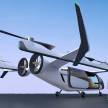
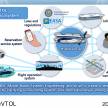
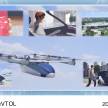
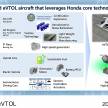
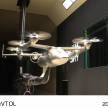
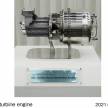
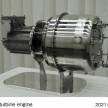
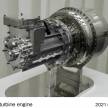
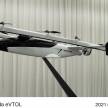
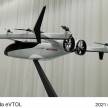
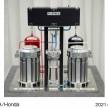
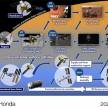
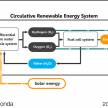
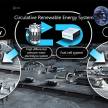
The post Honda eVTOL “flying car” under development – robot, lunar power source, reusable rocket also being built appeared first on Paul Tan's Automotive News.

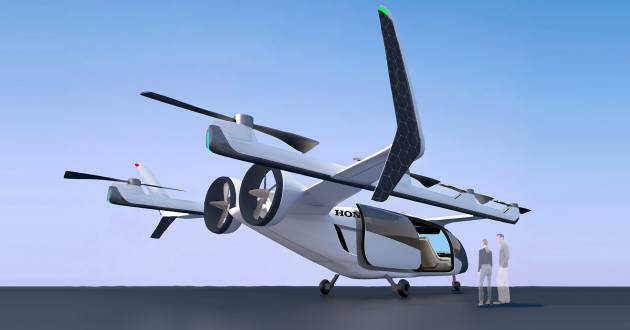
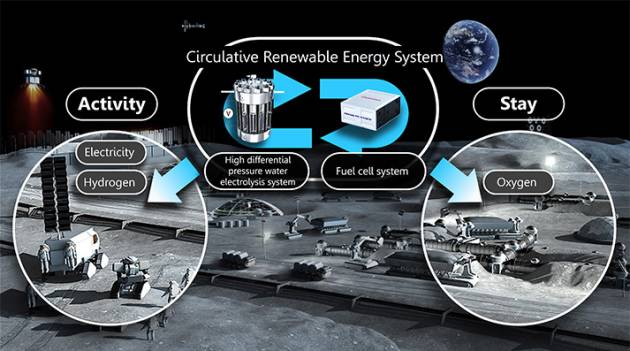
0 Comments